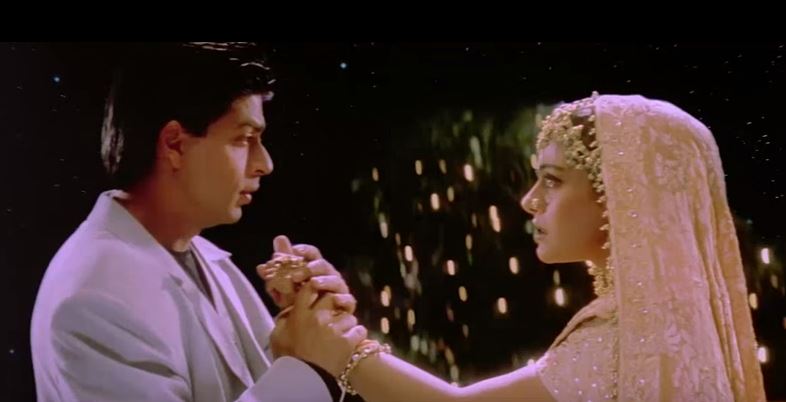
You were a hopeless romantic. The kind of girl who may not have shown it but secretly hoped for that filmy relationship—you know, that Bollywood-type love. Who saw all those Bollywood classics about everlasting love: the kind of love that conquered all. The kind of love that could never end. The kind of love you craved.
“We live once, we die once, we get married once…and love too happens only once,” said Bollywood’s very own heartthrob Rahul in ‘Kuch Kuch Hota Hain.’
As you heard these words and grew up in a culture where leaving your husband or being with multiple men was looked down upon; where divorced women are often no longer seen as marriage material; where dating someone you weren’t planning to marry was unheard of, it became engraved in your head that love happens only once. That once you fall in love it can never happen again. That when you truly loved someone you’d never love someone else again.
And just like that, when your heart was broken, you didn’t think about how young you are, what more you have to see, and whom you have to meet in life, but instead thought that you can never love again. That your first love will be your last. No matter how hard you try, no matter how incredible the next person you meet is, you’ll never be able to love him because you already fell in love and love could not occur again.
I’m here to tell you, you are wrong.
It doesn’t matter if he was the first to make you feel beautiful. It doesn’t matter how much you loved him. It doesn’t matter if he was your first love, kiss, everything. How much of yourself you gave. How much you felt he took away. It all doesn’t matter. Because no matter how big the wounds, no matter how hurt you feel now, no matter how much you feel you can never love again like you did…you will love again and it will be stronger and more than you did before.
[Read Related: 14 Non-Romantic Bollywood Movies to Watch This Valentine’s Day]
You may be under the impression that you will not heal. But I assure you, you will and you will become stronger from it. You may be guarded at first, but don’t turn your wounds into hate. Don’t allow yourself to lose faith in who you are. Don’t lose your faith in love, in hope.
He was not what made you beautiful. He was not what made you lovable. He was only someone who was able to acknowledge and admire your beauty and lovable characteristics. You haven’t lost them because he left—he does.
You will move on, and while deep inside you may still have a soft spot for him, you will love again. I promise you that. It may take hours, days, weeks, months, or even years—but you will heal and you will love again. Until then, I want you to remind yourself of how you were before you met him, of how he did not give you your inner beauty and of how he was only in awe of it.
One day you will wake up and realize that love is infinite. It can never end. It occurs again and again in different forms. You just need to see it from a different perspective. You will find love. And you will find it not in a boy you will meet but in yourself, in your family, and in your friends. In places, you never thought to look. Love is everywhere and you only need to realize it.
[Read Related: 13 Essential Bollywood Songs for Your Valentine’s Day Playlist]
Your passion will fuel the hope inside of you and you will wake up and no longer suffer from hopeless nights. You will be able to look at the past as memories. You will look at your past love as a lesson for the next. It will take time but you will heal, you will find yourself again. And most of all you will be proud. Confident. Resilient. This will allow you to not only grow but become stronger and wiser. More lovable.
So, forget what you’re told about love only happening once. Ignore the desi standard that has not only put you down but kept you stuck in time.
Allow yourself to be free.
You will love again and it will start by you loving yourself.




